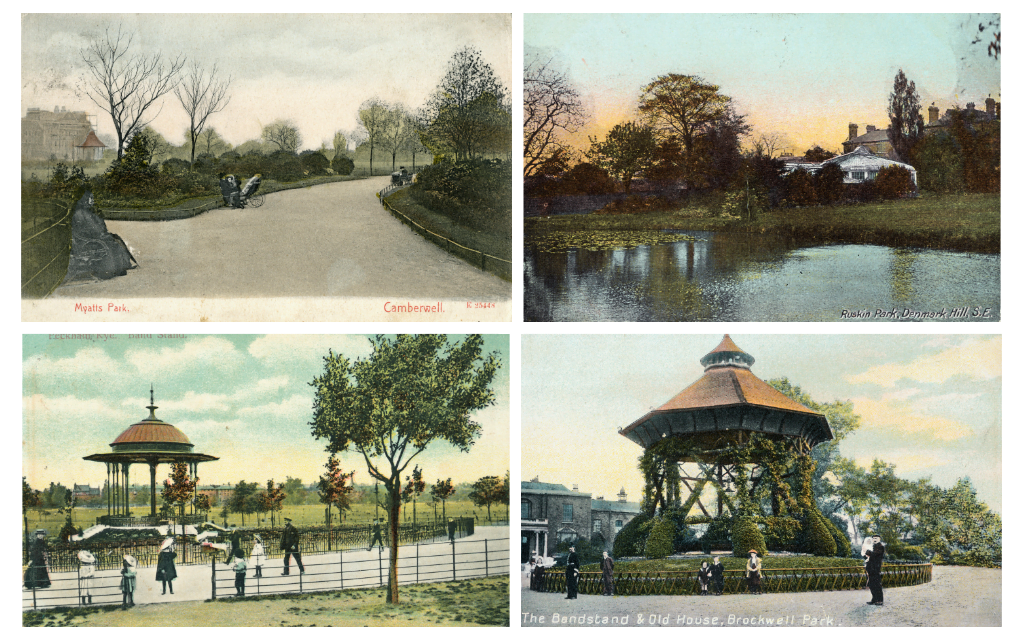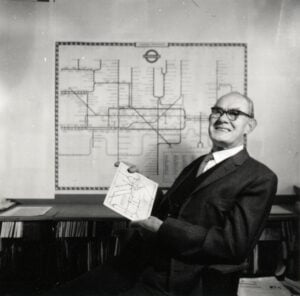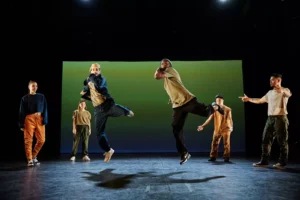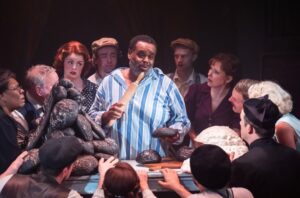Historic England has shared a collection of historic postcards depicting some of south London’s most cherished parks.
Among the collection are pictures of Peckham Rye, Brockwell, Myatt’s Fields and Ruskin Park, plus many more.
They were collected by the late postcard hobbyist Nigel Temple and all date from the early to mid 1900s.
Historic England is inviting people to share their own photos of the parks as part of ‘The Missing Pieces Project’ to better understand how London’s best-loved landscapes have changed over the last century.
Here are the four postcards displaying parks in and around Southwark and you can find many more on the ‘The Missing Pieces Project’ webpage.
Peckham Rye Park

Peckham Rye Common, the northern portion of the park, is mentioned in the Domesday Book of 1087 and surviving 14th-century documents.
The park would cement itself in the English consciousness when the trailblazing 18th-century poet William Blake claimed to have visions of angels in one of its trees.
From the mid 1800s to the the 1940s, a 15ft tall whalebone arch stood at the Homestall Road entrance.
It was said to bring good luck to all who walked beneath it – probably due to its resemblance to the ‘lucky’ wishbone of a chicken – and was popular with courting couples.
In 1864, there was a stir when the Wombells Wild Beast show came to the park – a Victorian animal circus featuring camels, bears and elephants.
Sick of the disruption, local people bought the park through the Camberwell Vestry for £1,000. Ownership later transferred to the Metropolitan Board of Works.
150 years later, the park remains a contested space, with festivals like GALA popular with some, but considered a nuisance by others.
Ruskin Park

In the eighteenth century, the area around Denmark Hill was little more than a rural backwater populated by just eight large houses.
In the early 1900s, a developer began making plans to buy the land but local resident Frank Trier launched a campaign to turn the area into a public park.
With a groundswell of support, and the help of private donors, the Ruskin Park Committee bought the first 24 acres for £48,000 and it was opened in 1907.
It was named after John Ruskin, a writer and champion of green spaces who lived nearby and died in 1900.
Designed by the notable parks designer Lt-Col JJ Sexby, original features like the bandstand and oval duck pond still survive today.
During World War One, the 21st Battalion, London Regiment (First Surrey Rifles), trained in Ruskin Park while based at nearby Flodden Road, Camberwell.
In 1967, the rock band Pink Floyd used it for their first official photoshoot.
Myatt’s Fields Park
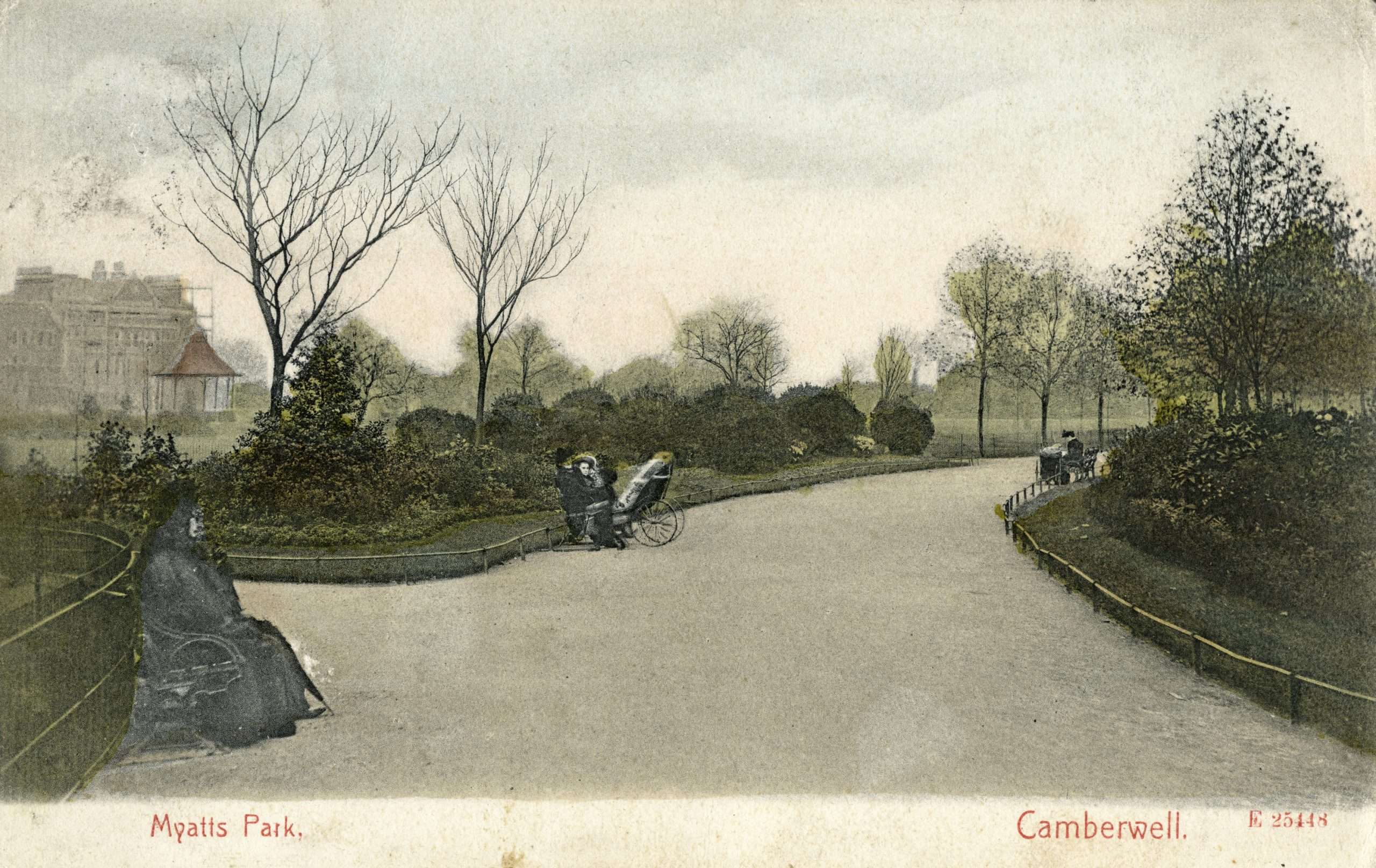
Myatt’s Fields Park, sitting in Camberwell, near the border of Lambeth and Southwark, opened to the public in 1899.
Prior to that, it had belonged to a succession of wealthy families, including the powerful Knatchbull clan, and later the Minets who were descended from French Huguenot refugees.
The park was named after Joseph Myatt, a tenant market gardener who grew strawberries and rhubarb on the grounds. It was designed by Britain’s first professional woman landscape gardener Fanny Wilkinson.
This compact but picturesque space, with its carefully designed path network, roundhouse and gardens, is regarded a sparkling example of Victorian design.
In 2015, it was voted the 9th best park in the UK in a public vote organised by the Green Flag Award.
Brockwell Park

In the 12th century, the land now occupied by Brockwell Park was part of the Manor of Lambeth, which belonged to the Archbishop of Canterbury.
It later became the possession of St Thomas’s Hospital, then a monastic establishment, before Henry VIII seized their estates in 1537.
Grade-II listed Brockwell Hall was built on the grounds between 1811 and 1813 – the country seat of the glass merchant John Blades.
In 1892, former Prime Minister Lord Rosebery purchased the park and opened it to the public.
At the grand opening, he declared to the people of Lambeth and Southwark: “Whatever happens, this is preserved to you and your descendants forever as an open space.”
During World War II, parts of the park were set aside for wartime food production in the form of ‘Pig Clubs’
Built from timber and bricks salvaged from bombed houses, these were small pig styes maintained by local families.
In 2007, Brockwell Park received a huge £6 million funding package, mostly from Heritage Lottery Fund’s and Big Lottery Parks for People’s programme.
How to get involved in The Missing Pieces Project:
- Find a location near you on the map
- Click on the location marker to find a link to the Parks and Gardens Register entry, including a postcard from the Nigel Temple Collection.
- Take a photo of the same view the next time you visit.
- Upload it to the Missing Pieces Project and add your unique piece of the picture


